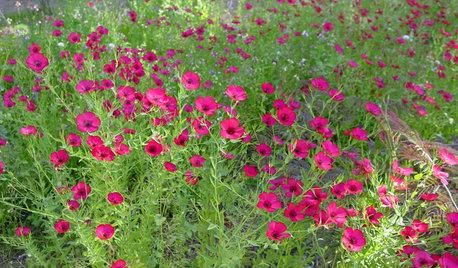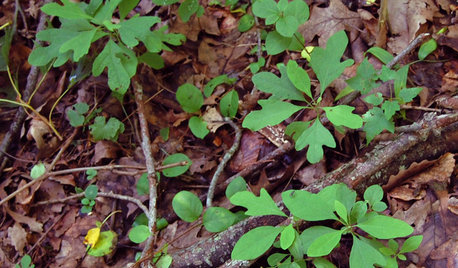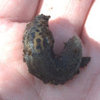chlorosis?
sf_rhino
10 years ago
Related Stories

GARDENING GUIDESGrow a Beautiful Garden in Alkaline Soil
Got alkaline soil? Learn how to manage it and the many beautiful plants that will thrive in this ‘sweet’ soil
Full Story
GARDENING GUIDESGardening Solutions for Heavy Clay Soils
What’s a gardener to do with soil that’s easily compacted and has poor drainage? Find out here
Full Story
GARDENING GUIDESWhat's Wrong With My Plant? Leaves Often Hold the Clues
Learn how to identify common plant ailments by reading their leaves
Full Story
GARDENING GUIDESSouthwest Gardener's August Checklist
Manage monsoon effects, remember to fertilize and don't let the heat deter you from planting for fall
Full Story
GARDENING GUIDESGreat Design Plant: Sassafras Albidum
This eastern native tree has beautiful foliage, a spicy aroma and a rich history
Full StoryMore Discussions








morz8 - Washington Coast
art33
rhizo_1 (North AL) zone 7
ken_adrian Adrian MI cold Z5
morz8 - Washington Coast
sf_rhinoOriginal Author
jean001a
morz8 - Washington Coast
sf_rhinoOriginal Author
rhizo_1 (North AL) zone 7
rhizo_1 (North AL) zone 7
sf_rhinoOriginal Author
rhizo_1 (North AL) zone 7
ken_adrian Adrian MI cold Z5
sf_rhinoOriginal Author
jean001a
sf_rhinoOriginal Author